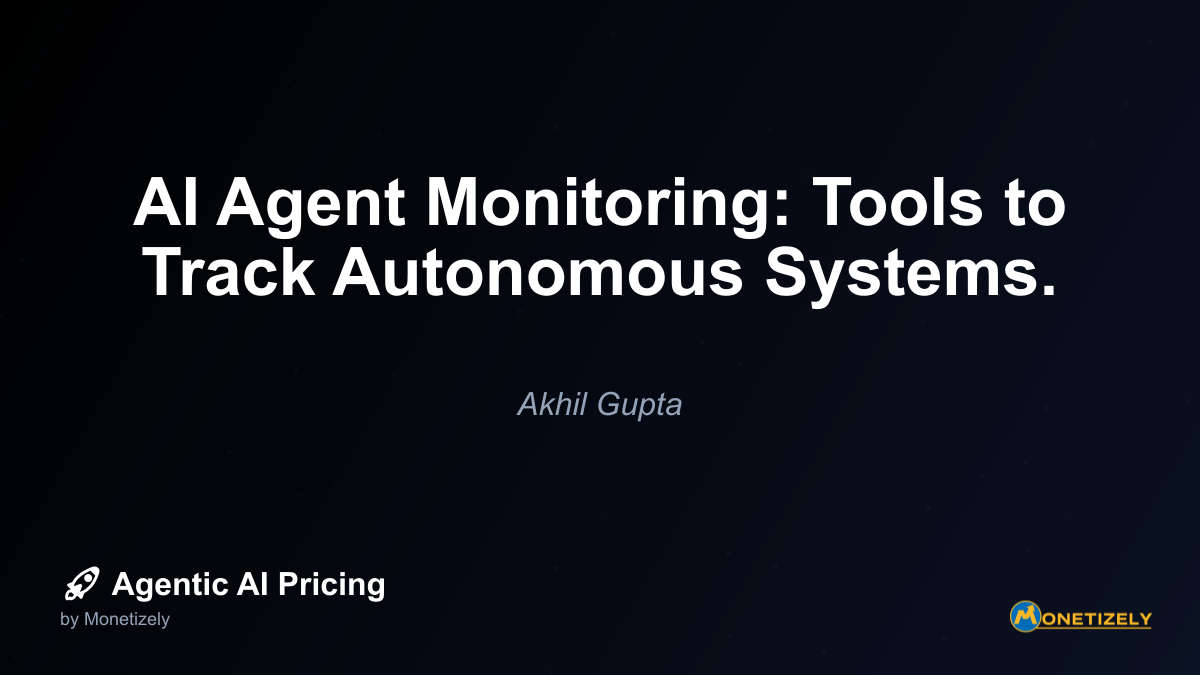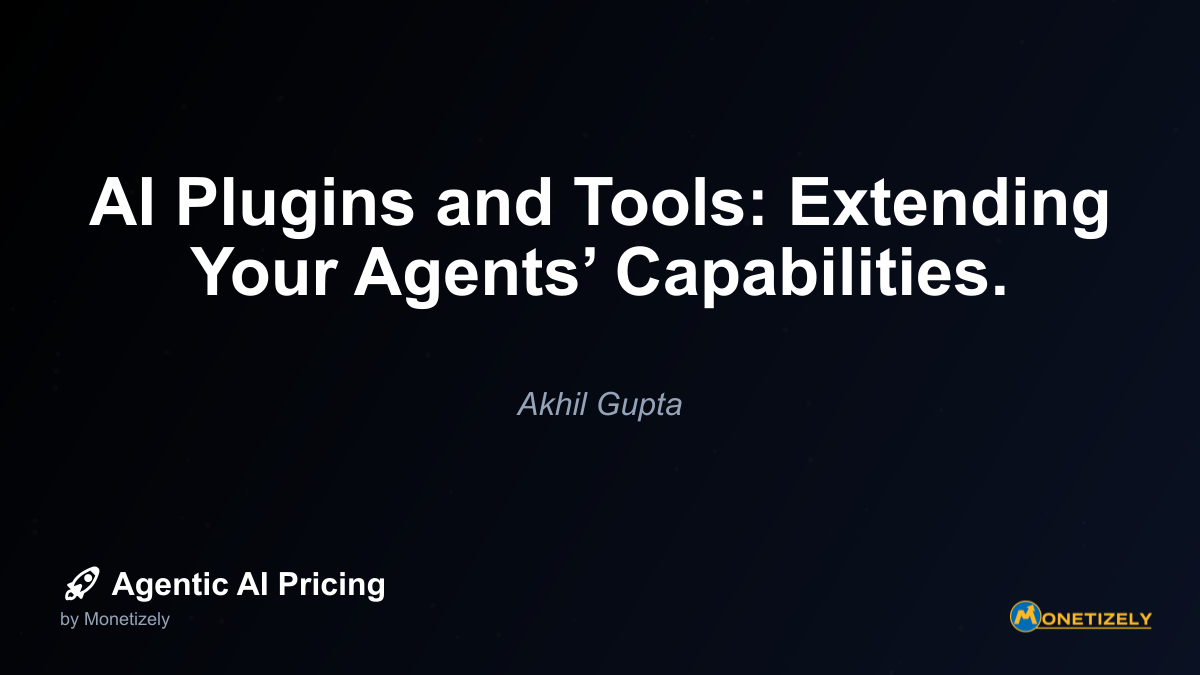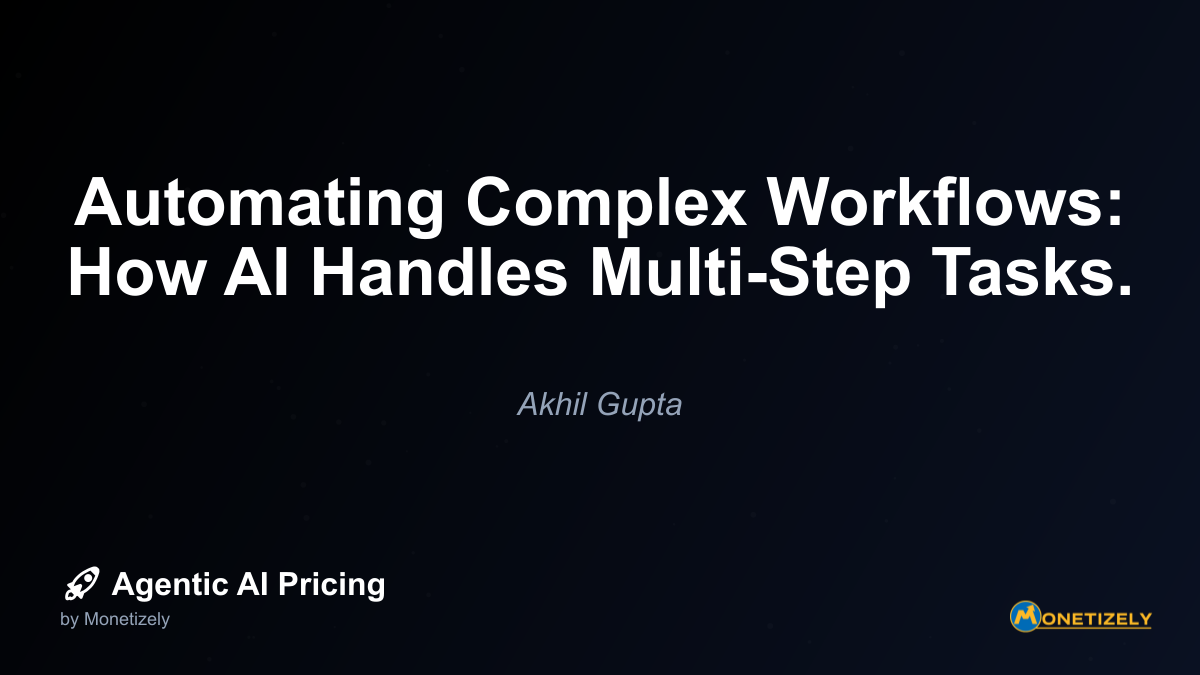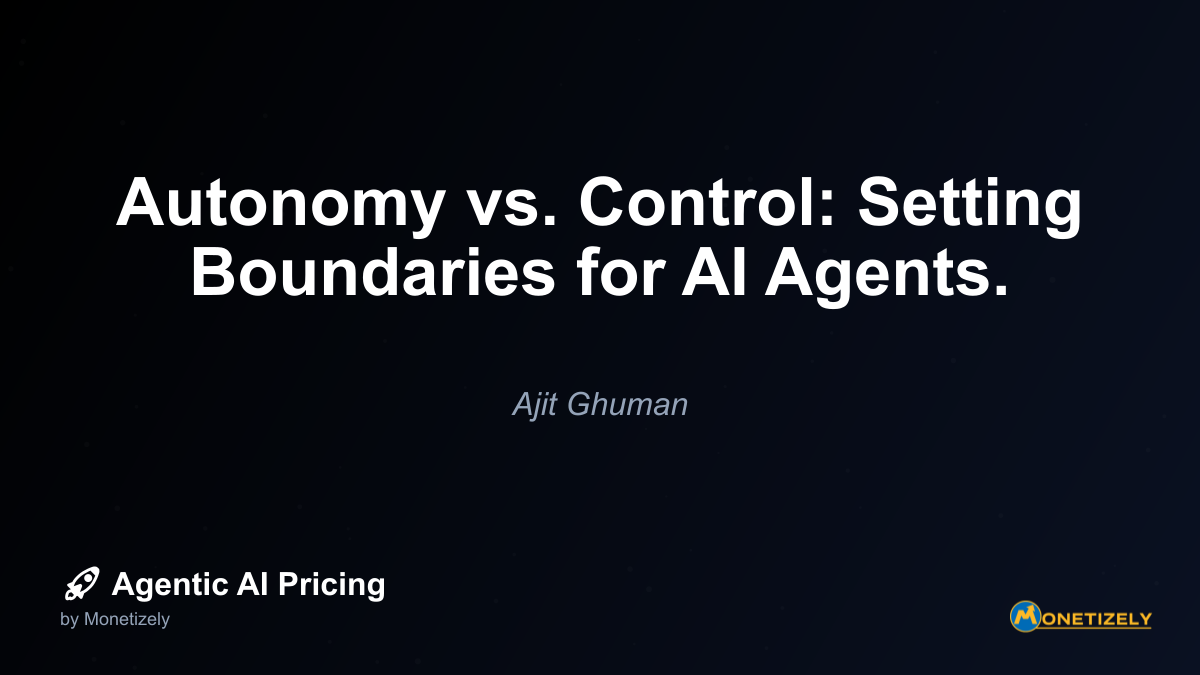· Akhil Gupta · Technical Insights · 7 min read
Large Language Models (LLMs) Explained for Business Leaders.
AI and SaaS Pricing Masterclass
Learn the art of strategic pricing directly from industry experts. Our comprehensive course provides frameworks and methodologies for optimizing your pricing strategy in the evolving AI landscape. Earn a professional certification that can be imported directly to your LinkedIn profile.
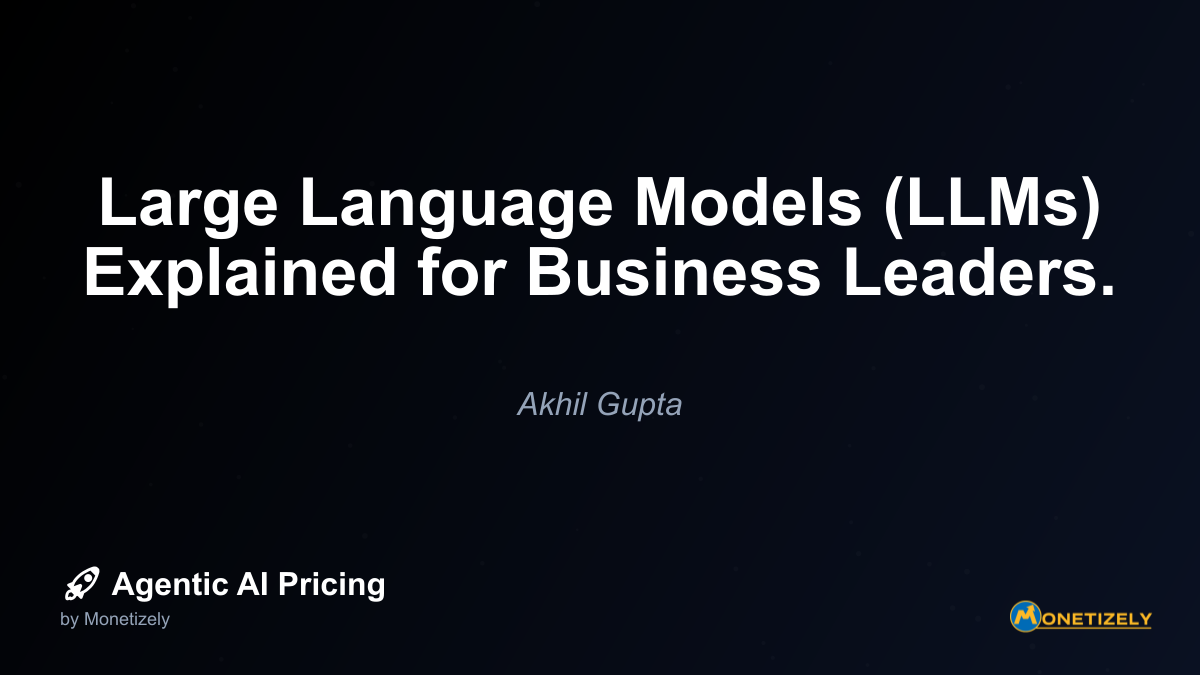
Business Applications of LLMs: Where They Deliver Value
LLMs are transforming business operations across industries through various applications that directly impact efficiency, creativity, and decision-making.
Content Creation and Enhancement
Content creation represents one of the most immediate business applications of LLMs. These models can:
- Draft marketing materials, product descriptions, and social media content
- Generate reports and summaries from raw data
- Produce localized content for different markets and languages
- Maintain consistent brand voice across communications
- Edit and enhance human-written content for clarity and impact
For marketing teams, this capability translates to faster production cycles and the ability to experiment with messaging at unprecedented scale. Rather than producing a single version of an advertisement, teams can generate dozens of variations to test with different audience segments.
Customer Interaction
LLM-powered conversational agents have revolutionized customer service by providing:
- 24/7 support without staffing constraints
- Consistent responses across all customer interactions
- Personalized assistance based on customer history and preferences
- Seamless handling of routine inquiries, freeing human agents for complex issues
- Multilingual support without additional staffing
According to research by Gartner, organizations implementing AI chatbots typically see a 70% reduction in call, chat, and email inquiries, while customer satisfaction scores often increase due to faster response times.
Knowledge Management and Information Access
For organizations drowning in information, LLMs offer powerful knowledge management capabilities:
- Summarizing lengthy documents, reports, and research papers
- Extracting key insights from unstructured data
- Answering questions about internal documentation and policies
- Connecting related information across organizational silos
- Maintaining up-to-date knowledge bases with minimal human intervention
These capabilities are particularly valuable for professional services firms, research organizations, and enterprises with extensive documentation requirements. Teams spend less time searching for information and more time applying it to business challenges.
Decision Support
While LLMs don’t replace human judgment, they increasingly serve as powerful decision support tools by:
- Analyzing trends and patterns in textual data
- Identifying potential risks and opportunities in reports
- Generating alternative perspectives on business challenges
- Summarizing competing viewpoints from various sources
- Translating complex technical information for non-specialist audiences
For executives, these capabilities provide a valuable complement to traditional business intelligence tools, offering qualitative insights alongside quantitative analysis.
Learn more about the economics and pricing considerations for LLM implementationsTechnical Limitations Business Leaders Should Understand
Despite their impressive capabilities, LLMs have important limitations that business leaders must understand to deploy them effectively.
The “Hallucination” Challenge
Perhaps the most significant limitation of current LLMs is their tendency to generate plausible-sounding but factually incorrect information—a phenomenon often called “hallucination.” Unlike humans, LLMs don’t have a true understanding of truth or falsehood; they generate responses based on statistical patterns in their training data.
This limitation has critical business implications:
- Information generated by LLMs requires human verification for critical applications
- Implementing fact-checking mechanisms is essential for customer-facing deployments
- Training staff to effectively prompt and verify LLM outputs becomes a necessary skill
Organizations successfully deploying LLMs typically implement workflows that combine AI generation with human review, particularly for externally facing content or high-stakes decisions.
Knowledge Cutoffs and Outdated Information
Most LLMs have a “knowledge cutoff”—a date beyond which they haven’t been trained on new information. This creates challenges for applications requiring current information about markets, regulations, or world events.
Business leaders should:
- Be aware of knowledge cutoff dates for deployed models
- Implement systems to supplement LLM knowledge with current information
- Establish processes for regular model updates or fine-tuning
- Clearly communicate these limitations to users to manage expectations
Organizations addressing this limitation often create hybrid systems that combine LLM capabilities with access to current databases, search engines, or proprietary information sources.
Reasoning Limitations
While LLMs show impressive reasoning capabilities in many contexts, they lack the robust logical reasoning and causal understanding that humans possess. This becomes apparent in tasks requiring:
- Complex multi-step reasoning
- Understanding of physical causality
- Mathematical problem-solving beyond pattern recognition
- Distinguishing correlation from causation
For business applications requiring these capabilities, LLMs work best when paired with specialized reasoning systems or human oversight.
Ethical and Bias Considerations
LLMs inevitably reflect biases present in their training data, which can manifest in their outputs. Business leaders must consider:
- How to identify and mitigate harmful biases in AI-generated content
- Legal and reputational risks associated with biased outputs
- Governance frameworks for responsible AI deployment
- Transparency requirements for AI-generated content
Organizations at the forefront of LLM deployment typically establish clear AI ethics guidelines and review processes to address these concerns proactively.
Implementation Considerations for Business Leaders
Successful LLM implementation requires strategic planning beyond technical considerations. Business leaders should focus on several key areas:
Integration with Existing Workflows
Rather than viewing LLMs as standalone solutions, the most successful implementations integrate them into existing business processes. Consider:
- Which current workflows could benefit from language AI augmentation
- How handoffs between AI and human workers will occur
- What training existing staff will need to work effectively with AI tools
- How to measure productivity impacts and ROI
Organizations often start with pilot projects in specific departments before expanding to enterprise-wide implementations.
Data Security and Privacy
LLMs raise important questions about data security and privacy, particularly when processing sensitive business information. Leaders should evaluate:
- Whether to use public API services or deploy private models
- What data governance policies apply to AI training and usage
- How to prevent sensitive information from appearing in model outputs
- Compliance requirements for specific industries (healthcare, finance, etc.)
Many enterprises implement private LLM deployments or use specialized vendors with strong security guarantees for sensitive applications.
Building Internal Expertise
As LLMs become core business infrastructure, developing internal expertise becomes increasingly important. Consider:
- Training programs for technical teams on LLM capabilities and limitations
- Education for business users on effective prompting techniques
- Centers of excellence to share best practices across the organization
- Partnerships with external experts during initial implementation phases
Organizations that develop robust internal capabilities often see significantly better results than those treating LLMs as simple “plug and play” solutions.
Cost Management
LLM usage costs can scale rapidly with adoption. Business leaders should implement:
- Monitoring systems to track usage across teams and applications
- Budgeting frameworks that account for consumption-based pricing
- Optimization strategies to reduce token usage where appropriate
- ROI analysis comparing AI costs to labor savings or revenue gains
With proper management, LLM implementations typically deliver strong returns despite ongoing operational costs.
The Future of LLMs in Business
Looking ahead, several trends will shape how LLMs continue to transform business operations:
Multimodal Capabilities
Next-generation models are expanding beyond text to incorporate images, audio, and video. This multimodal approach will enable:
- Visual product design assistance
- Audio-based customer service with emotion recognition
- Video content analysis and generation
- More natural interfaces combining multiple communication channels
Organizations planning long-term AI strategies should prepare for these expanded capabilities.
Specialized Domain Models
While general-purpose LLMs dominate current discussion, specialized models trained for specific industries or functions are rapidly emerging. These domain-specific models offer:
- Enhanced accuracy for industry-specific terminology and concepts
- Better compliance with domain-specific regulations and standards
- More efficient operation due to smaller model size
- Reduced hallucination on specialized topics
Many enterprises will likely implement a combination of general and specialized models for different applications.
Agent Architectures
The most significant business impact may come from agent architectures that combine LLMs with:
- Planning and reasoning modules
- Tool-using capabilities to interact with software
- Memory systems for long-term context
- Self-improvement mechanisms
These agentic systems will increasingly automate complex workflows requiring multiple steps and decisions, moving beyond simple text generation to become true knowledge workers.
Democratized Access
As implementation costs decrease and user interfaces improve, LLM capabilities will become accessible to organizations of all sizes. This democratization will:
- Level the playing field between large enterprises and smaller competitors
- Create new opportunities for AI-native startups
- Accelerate industry transformation across sectors
- Place greater emphasis on how organizations use AI rather than whether they use it
Forward-thinking leaders are already preparing their organizations for this more democratized AI landscape.
Conclusion: Strategic Imperatives for Business Leaders
As LLMs continue to evolve from technological novelty to business necessity, executives should focus on several key imperatives:
Develop an AI literacy program for leadership teams to ensure informed decision-making about LLM implementations.
Identify high-value use cases where language AI can deliver meaningful business impact rather than implementing technology for its own sake.
Create governance frameworks addressing ethics, security, and quality control for AI-generated content and decisions.
Build cross-functional teams combining technical expertise with domain knowledge to guide implementation.
Establish clear metrics for measuring the business impact of LLM deployments beyond simple cost savings.
Experiment continuously with new capabilities and use cases as the technology evolves.
Invest in complementary skills that AI cannot replace, particularly critical thinking, creativity, and interpersonal abilities.
Large language models represent not just a technological shift but a fundamental change in how organizations process information, make decisions, and create value. Business leaders who develop a nuanced understanding of these tools—embracing their capabilities while acknowledging their limitations—will be best positioned to harness their transformative potential.
By focusing on strategic implementation rather than technical details, executives can ensure their organizations leverage LLMs as powerful business tools rather than merely interesting technological experiments.
Co-Founder & COO
Akhil is an Engineering leader with over 16+ years of experience in building, managing and scaling web-scale, high throughput enterprise applications and teams. He has worked with and led technology teams at FabAlley, BuildSupply and Healthians. He is a graduate from Delhi College of Engineering and UC Berkeley certified CTO.
Pricing Strategy Audit
Let our experts analyze your current pricing strategy and identify opportunities for improvement. Our data-driven assessment will help you unlock untapped revenue potential and optimize your AI pricing approach.

